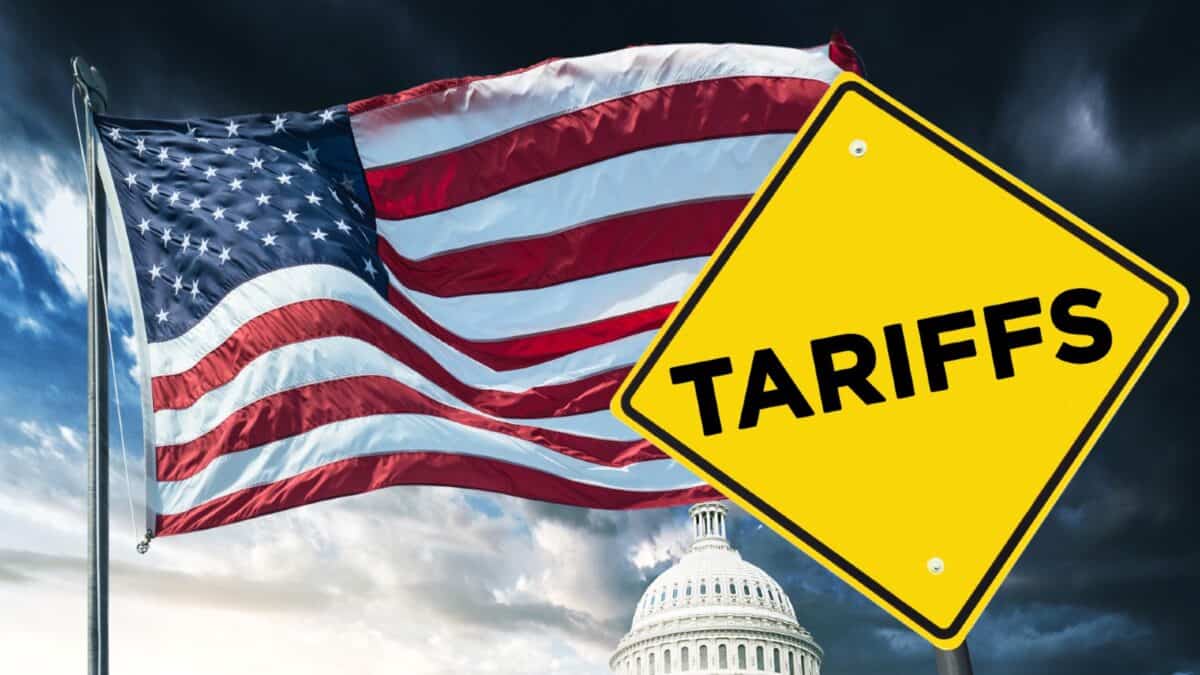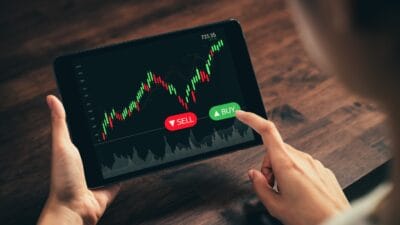With a global trade war having kicked off earlier this month, the US stock market, along with other markets around the world, started crashing.
In the few days following President Trump’s announcement, both the S&P 500 and Nasdaq plummeted by over 10%. Meanwhile, looking at the international landscape, Hong Kong’s Hang Seng index cratered by almost 12% along with Japan’s Nikkei 225.
The UK and Europe seem to have fared a bit better, with the FTSE 100 only down 6% and the DAX shrinking by 8%, yet that’s still a painful tumble in less than 72 hours.
Passive income stocks: our picks
Do you like the idea of dividend income?
The prospect of investing in a company just once, then sitting back and watching as it potentially pays a dividend out over and over?
If you’re excited by the thought of regular passive income payments, as well as the potential for significant growth on your initial investment…
Then we think you’ll want to see this report inside Motley Fool Share Advisor — ‘5 Essential Stocks For Passive Income Seekers’.
What’s more, today we’re giving away one of these stock picks, absolutely free!
Since then, shares have started to bounce back as the US reversed course and implemented a 90-day pause on its tariff programme (excluding China). This volatility is obviously gut-wrenching. But could stocks be heading down further in the coming months?
Here’s what the forecasts say
Let’s zoom into where this all started – the US. The latest projections from The Economy Forecast Agency reveal that the S&P 500 could still be on a downward trajectory despite the recent bounceback. In fact, the index could reach as low as 4,434 points by July. If that’s true, then America’s flagship index could see another near-20% clipped off in the coming months.
The timeline certainly seems plausible. July’s the summer earnings season and would reveal the impact of trade disruptions either from the US or other markets like China. So should investors use the recent rally to sell up and buy back into the market in July?
While this may seem wise on paper, in practice, history’s shown countless times that trying to time the market is a losing strategy.
July could indeed be the ‘true’ bottom. But what if the trade war is resolved faster than expected? Then the bottom could be much sooner. Similarly, if negotiations fail, then a protracted trade war could drag stock prices even lower later than July. There’s simply no way of knowing right now.
A better way to invest during volatility
Instead of trying to throw money into the stock market at the lowest point, investors can likely achieve better results if they use ‘dollar cost averaging’.
Take Palo Alto Networks (NASDAQ:PANW) as an example. The cybersecurity enterprise has already seen close to 20% of its valuation wiped out since mid-February, even after enjoying a rebound. And with the shares still trading at a lofty price-to-earnings multiple of 87, the stock could continue to tumble from here.
The company manufactures its hardware products in the US. But don’t forget it’s reliant on a global supply chain, including sourcing components from countries like China, which are facing some of the steepest tariffs.
Having said that, cybersecurity isn’t something businesses can really skimp on, even during economic turmoil, giving Palo Alto flexibility to pass on the higher import costs to customers. After all, that’s exactly what management did in the last China trade war in 2018-2019.
Through dollar cost averaging, investors could buy shares today, securing a 20% saving versus a few months ago. Yet if the stock continues to fall, then there’s still capital available to buy more at an even bigger saving, bringing the average cost per share down. It may be worth considering.







